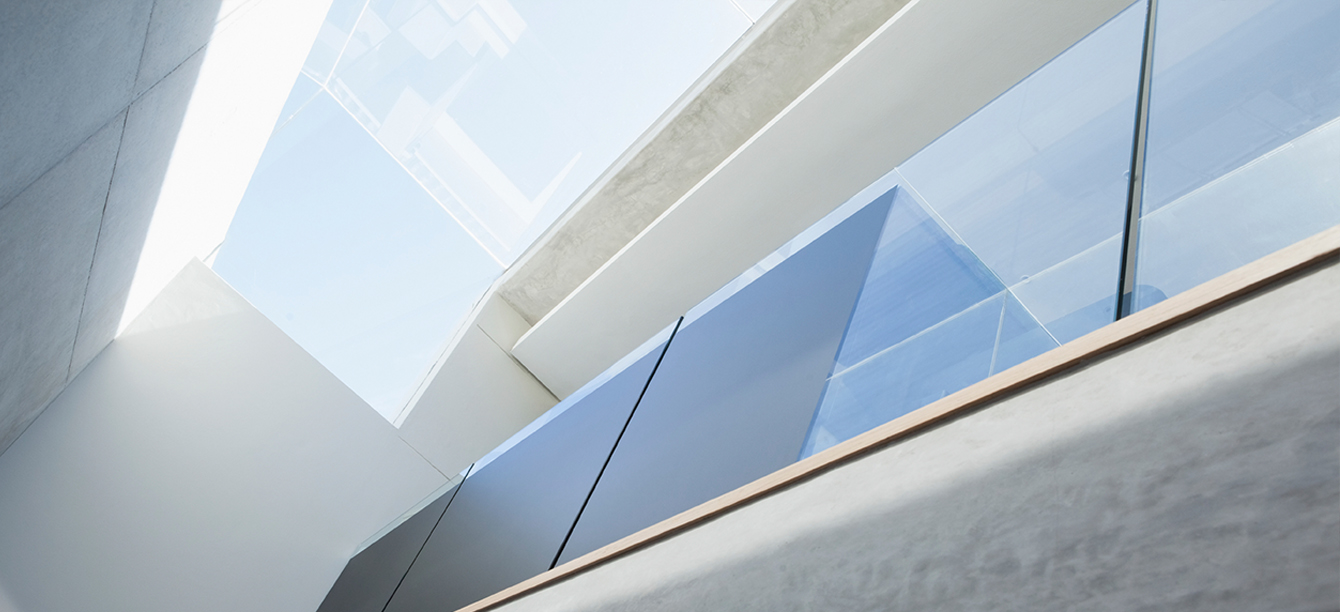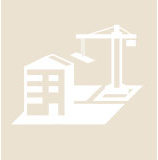
Press releases
Capcora looks confidently to the current financial year.
Frankfurt am Main, 02.03.2017
Despite more difficult market conditions in 2017, Capcora is very optimistic about the further course of the current year after a successful year 2016. The market for real assets in Germany is currently facing major challenges. Not only project developers but also investors and capital provider have to adapt to the new circumstances.
Renewable Energies - Altered gameplay, changed investment landscape?
The remuneration of renewable energies in Germany and other European countries was converted to an auction model this year. As the incentive for large-scale solar projects in Germany was taken away by the legislator even earlier, the change particularly affects the booming onshore wind sector. So far, a producer of electricity from renewable energies has received a government-guaranteed feed-in tariff for each kilowatt hour. According to the EEG 2017, which entered into force at the beginning of the year, the amount of this subsidy for new projects is now determined by tendering process. The first auction in Germany will be held in May 2017. Since the price depends in particular on the strategy and the potential of the individual bidders and the German market on the developer side is at the same time very fragmented, a forecast is difficult.
The uncertainty of many developers is, as far as their business in Germany is concerned in the future, very high. Even though the feared takeovers by utilities have been increasing since the last two years, there is currently no sign of a consolidation wave.
Since many wind projects have been approved at the end last year, which can still be implemented with a feed-in tariff under the old EEG, this situation will not change fundamentally in the next one to two years.
Outlook Capcora: This year the main focus of many project developers is to secure the capacities for the projects approved last year by the manufacturers and to bring the pipeline to the grid as early as possible because the current monthly degression of the feed-in tariff seriously affects the profitability of the projects . We also observe a trend for developers to bring their projects to the market as late as possible or as portfolios to sell them at the best possible terms. Besides that many project developers have already gone over to no longer sell projects, but to transfer them to their own holdings in order to stabilize the income situation in the long term; in some cases, this is done with the inclusion of mezzanine capital to recapitalize the limited equity capital or to finance the realization as quickly as possible.
Institutional investors who want to continue to invest in Germany must also adapt to the changes. Asset management firms that manage and invest a large portion of the institutional funds must adapt their strategies and fund structure accordingly. From our point of view, cooperative models with financial investors or strategic investors who are willing to participate as a risk sharing partner can be very interesting for project developers. For investors who are looking for long-term stable cash flows, there are good opportunities to participate in the cash flow of existing projects in a mezzanine position instead of acquiring projects.
Real estate - continuation of the boom instead of bubble formation
Driven by the low interest rates and the enormous investment needs, real estate and land prices continue to rise as demand continues. Many industry experts are already seeing a real estate bubble. Due to further increases in purchase prices with constant rents, yields are falling and at the same time the risk increases in the event of a sudden interest rate turnaround. After the interest rate rose in September 2016 in the short term, fear was particularly great. However, the interest rate stabilized again at the beginning of the year at a low level.
The construction boom will continue in 2017 due to the favorable market situation for real estate developers. The developer pipelines are filled.
As the increase in demand has led to a rise in the price of land, the capital requirement and also the risk on the project development have become frontloaded. As a rule, banks are only involved with leverage ratios of 70 to 75%, want to finance a concrete and approved project and require a relatively long time for their credit approval process. Against this backdrop, the need for equity which is still limited for project developers is increasing. Instead of allocating the existing equity only in one project, project developers increasingly use mezzanine capital to close the equity gap or to enhance the equity base.
Outlook Capcora: We do not believe that the interest level will drastically change over the next two years. Institutional investors are just beginning to shift a higher proportion of their capital assets into real assets - and the trend is rising.
On the mezzanine side, we observe that professional capital providers get their capital well invested. Although new suppliers of funding are coming onto the market, we do not currently find that mezzanine providers, who finance project developments, have to go down from their double-digit yield expectations in the current market. If the financing can be secured by cashflows out of existing properties, there are also more possibilities to obtain single-digit mezzanine capital.
About Capcora:
Capcora procures equity, mezzanine and debt for energy and infrastructure projects, real estate, and medium sized companies.
Capcora structures project, corporate and bridge financing and secures an access to a network of institutional investors and alternative capital providers – beyond the conventional financing partners and instruments.
Additionally Capcora monitors purchase or sale processes (sell-side and buy-side advisory) as a transaction manager.
Capcora connects medium-sized companies with institutional investors and alternative capital providers and offers specialist expertise in the energy, infrastructure and real estate sectors as well as in corporate finance.


